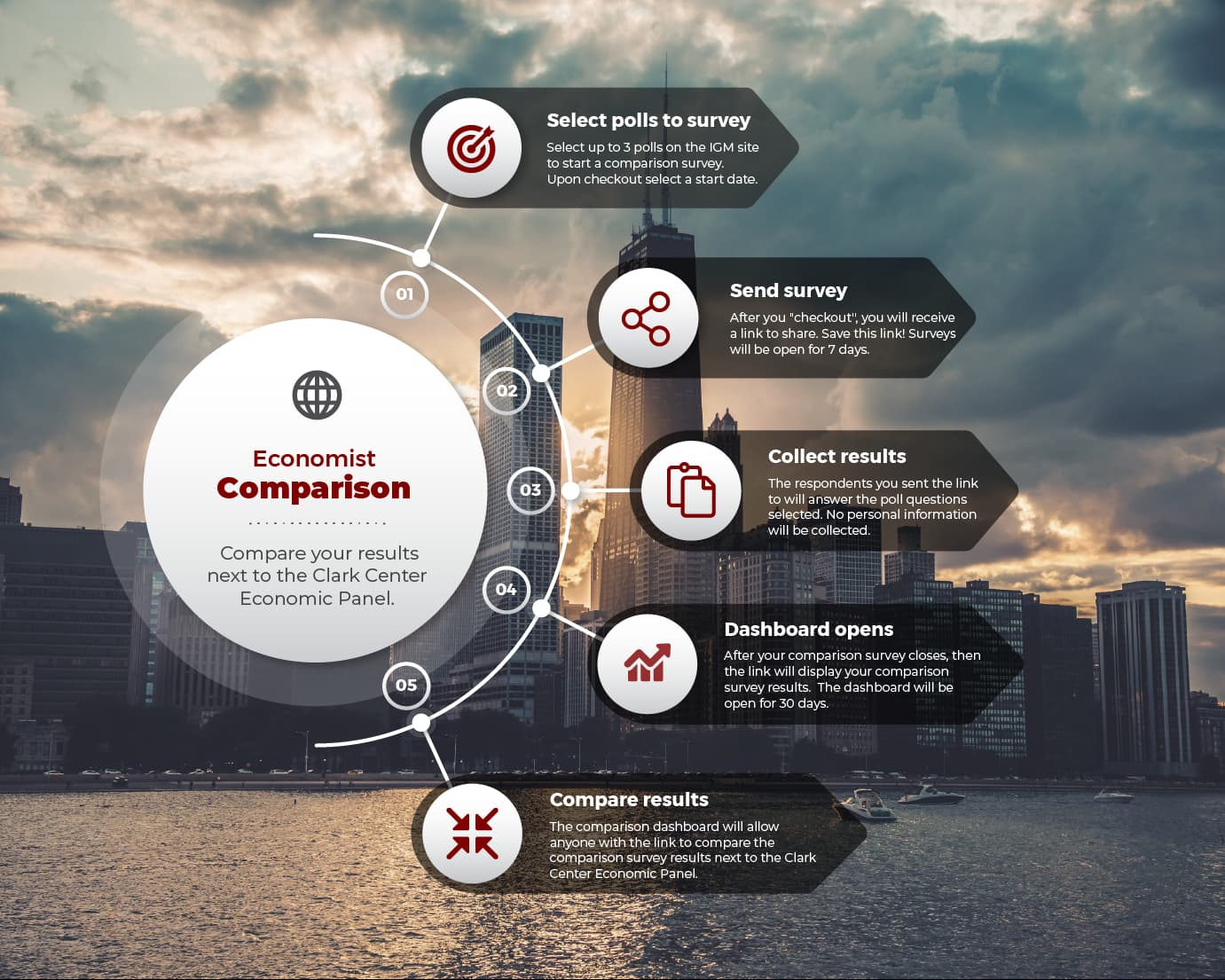It’s been a long week for global financial markets. It at least has certainly felt that way.
Monday saw the largest daily fall in the value of Japanese equities since 1987, with the Topix index plunging by 12% followed by a rough day for European and North American exchanges and, for much of the day, rather too much excited talk about the possibility of an emergency cut in interest rates from the Federal Reserve – a possibility that never seemed very likely. A change in monetary policy is response to the S&P500 shedding a few percentage points would be both unnecessary and very possibly counterproductive. It could simply look like panic.
Manic Monday, thankfully for fans of alliteration, was quickly followed by Turnaround Tuesday with equities bouncing back from the lows of the previous day. Wednesday and Thursday were quieter days, as market participants tried to work out exactly what had just happened.
Market movements often defy simple explanations, being as they are the result of complex interactions involving many thousands of players. But several broad factors seem to have been at work – the reversal of the Yen carry trade, worries about the health of the US tech sector, and even wider fears about recession.
The best starting place however is the Yen.
As On Global Markets touched upon in June – which now feels a very long time ago – one of the bigger global macro stories of the first half of 2024 was the Yen’s weakness. As your columnist wrote then:
“At the beginning of 2022, one US dollar was worth around ¥115 but by the start of 2023 it took ¥130 to acquire one dollar. By the beginning of this year, the rate had moved to around ¥140. In recent weeks it has approached ¥160.”
That weakness had prompted the Japanese authorities to intervene in the foreign exchange market, something which the Clark Center’s Finance Expert Panel believed would prove ineffective over the medium term.
The real driver of the Yen’s weakness was the wide interest rate differential between Japan and the United States and absent a change in underlying monetary policy, intervention was a sticking plaster solution.
Since June though, underlying monetary policy has changed. The Bank of Japan not only raised its policy rate to 0.25% on July 31st but also signaled that further rises are possible in the second half of this year. And as expectations of Japanese policy rates have climbed higher, markets have been more convinced that the Fed will be cutting rates in the months ahead.
In the space of a month, the Yen strengthened by around 8%. That still left it only around where it began the year but was nonetheless a dramatic move over a short timeframe.
The actual rate differential may have only changed by 0.15% – hardly a great deal – but the expected differential by the end of this year has moved by closer to 0.8%, a more material number.
Given the changing paths of Japanese and American monetary policy, some sort of Yen strengthening was expected. The scale of the moves though go well beyond what is justified by interest rates. This is often the case in foreign exchange markets; in the medium term economic fundamentals matter but on a day by day or hour by hour basis, the positioning of market traders and momentum often matters more.
Over the course of 2023 and the first half of 2024 the Yen carry trade, a feature of global markets long associated with the years of ultra loose Japanese monetary policy, has been in full swing. Traders have been borrowing cheaply in Yen and using the procedures to buy higher yielding assets overseas. They have gained not only from the spread between their borrowing costs and the returns but also from the continuing weakness of the Yen.
The events of the last few days rather clearly show that this was, in market jargon, a “crowded trade” – one with many participants.
Once it became clear that the Yen was strengthening and was no longer a seemingly one way bet, traders began to close out their positions. As asset managers closed Yen carry trade positions and bought Yen that created more buying pressure forcing the price up further. The unwinding of a crowded trade can become a self reinforcing cycle.
The great irony here is that whilst Japanese policymakers clearly desired a strengthening Yen, they did not necessarily want it to move so quickly. The rapid movement had an immediate impact on Japanese equities.
For exporters, a large component of the broad Japanese Topix index and an even larger chunk of the more high profile Nikkei 225, a stronger Yen feeds through, almost mechanically, into lower reported profits.
It was the Yen strength which sparked Monday’s sell-off in Tokyo and, like any sell-off, it quickly took on a momentum of its own in the hours afterwards.
Within a day, traders had caught their nerve and realized that things had either been overdone, or at least had moved too quickly. Bargain hunters snapped up Japanese equities and the market recovered on Tuesday.
The story of the Yen carry trade unwind though is relevant far from Japan. For a start, those rushing to close out positions and buy Yen were not only adding to the upwards pressure on the Japanese currency but also dumping large holdings overseas adding to market falls.
More importantly, though, the events of the past week are a useful reminder that crowded trades always have the potential to unwind in a messy fashion. Something which may have relevance to the US tech sector and a topic to which “On Global Markets” will be returning over the Summer.

